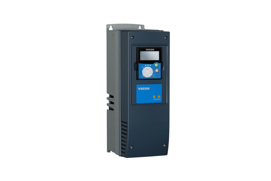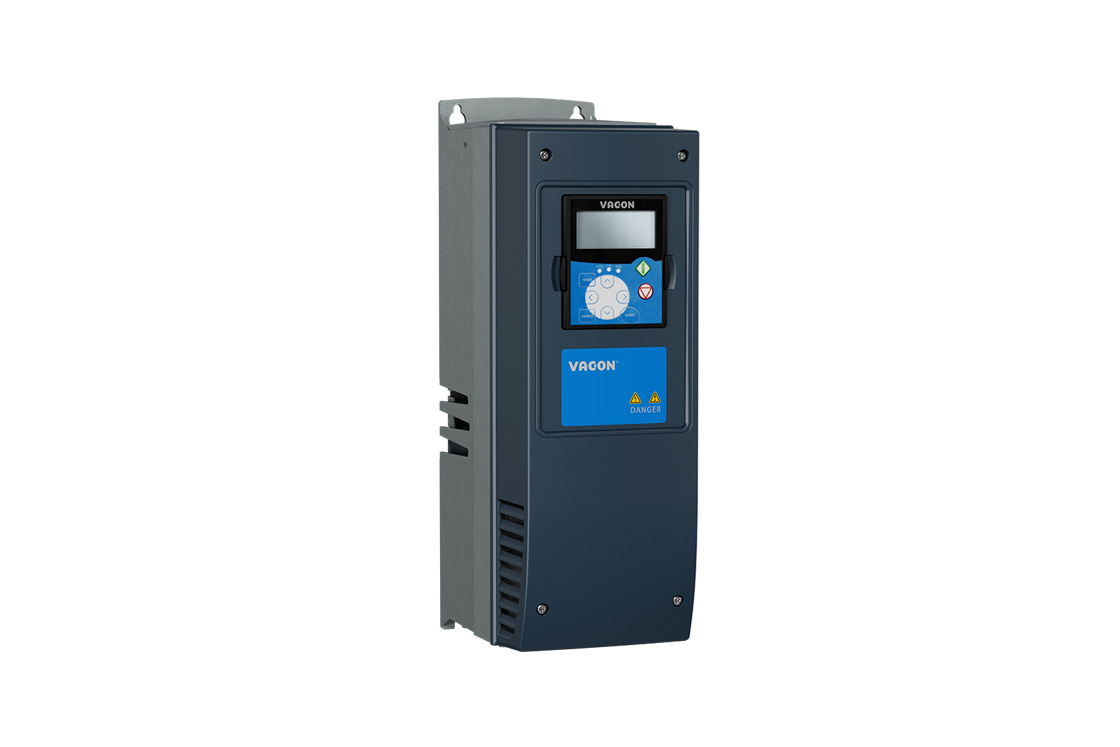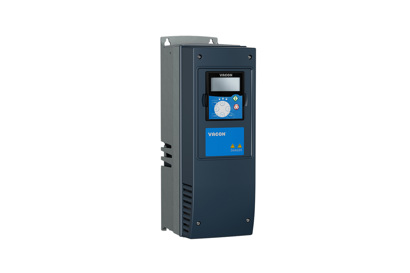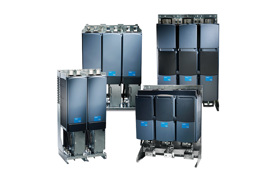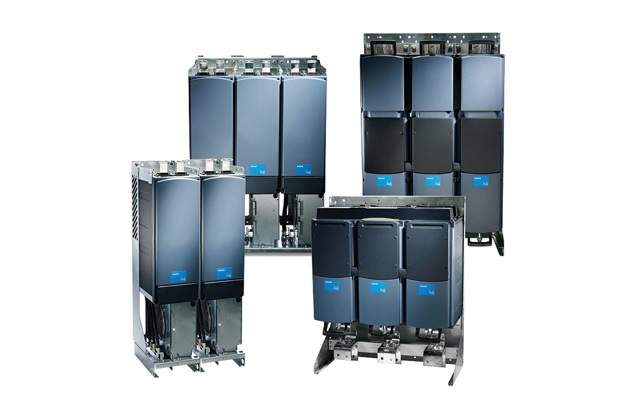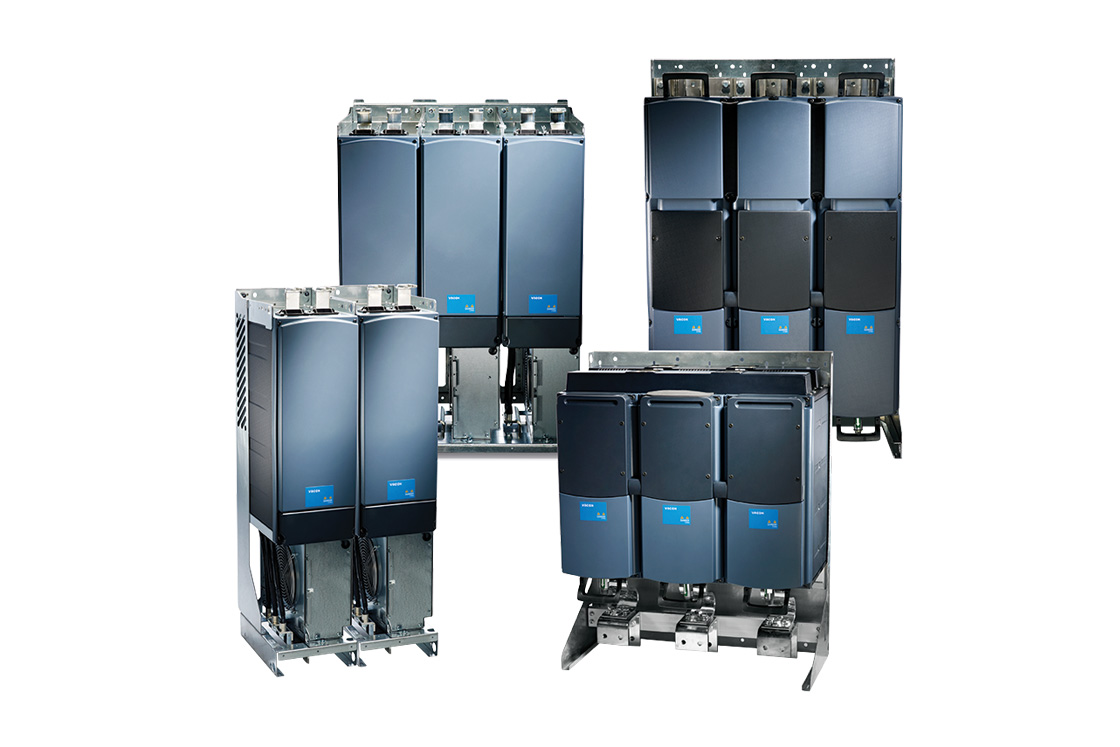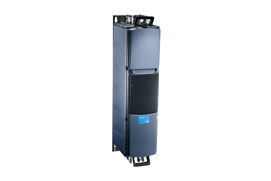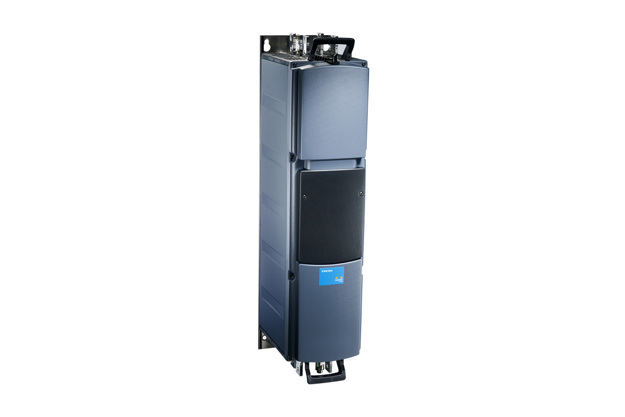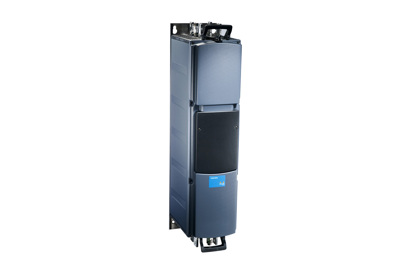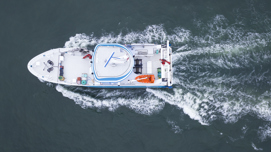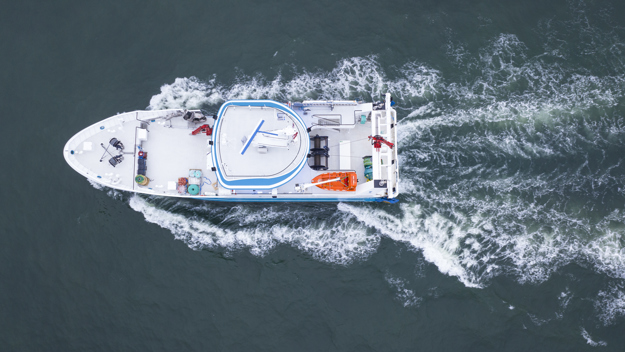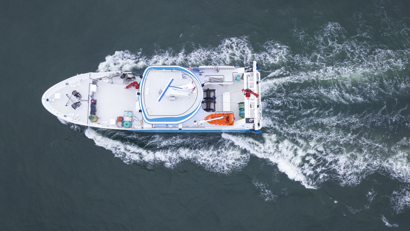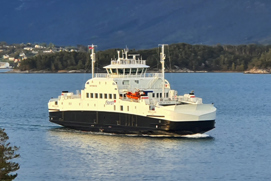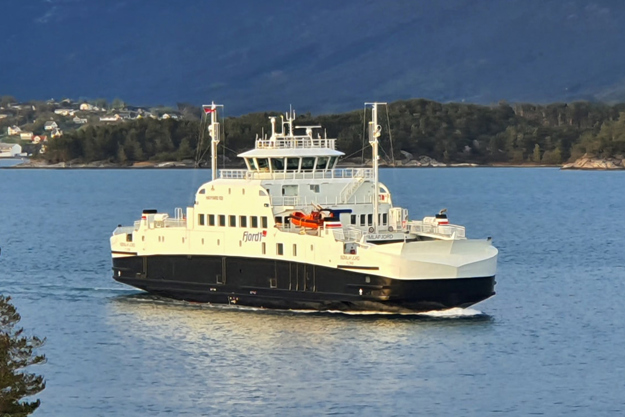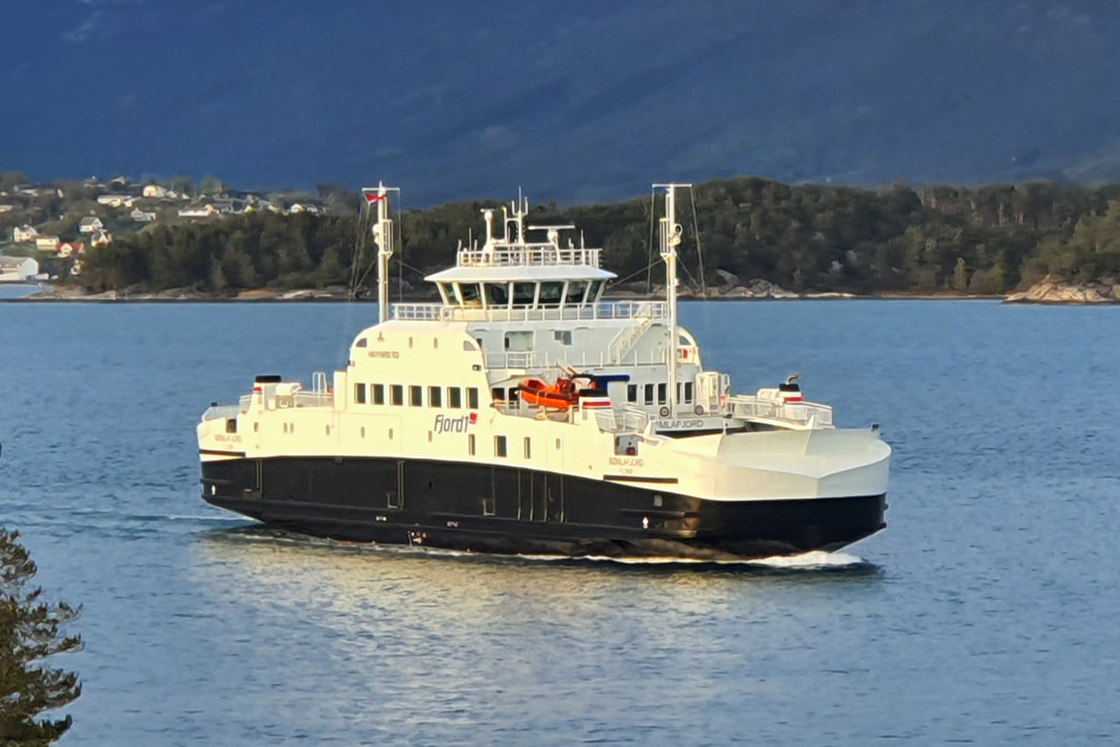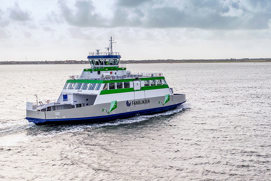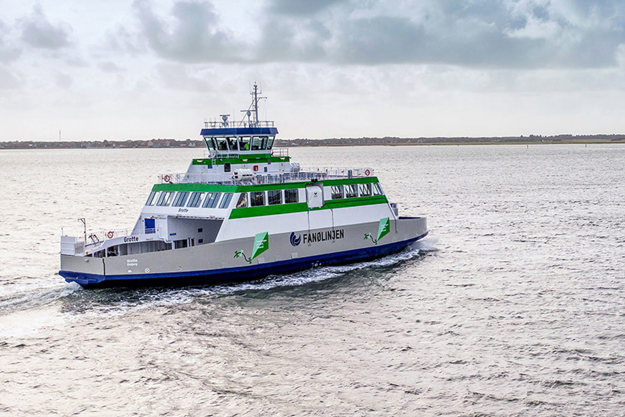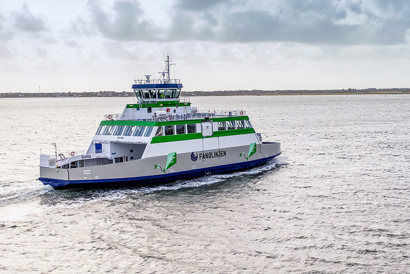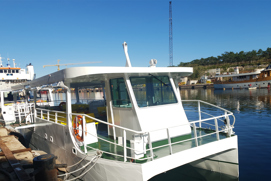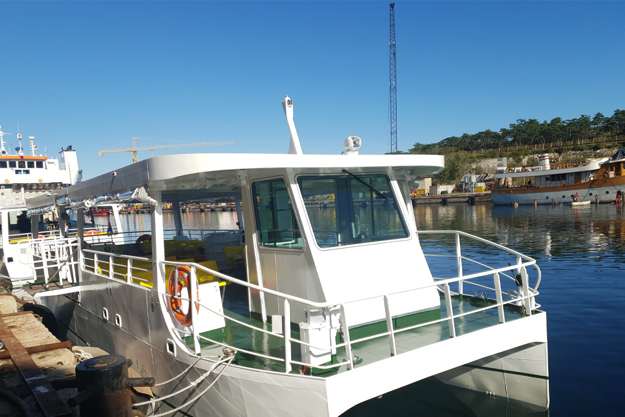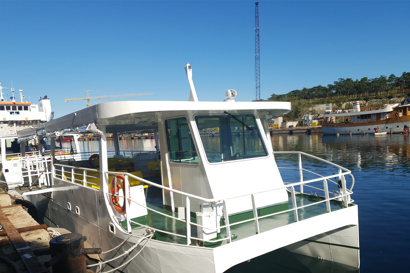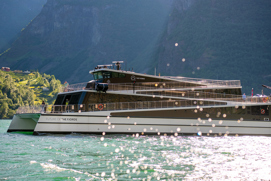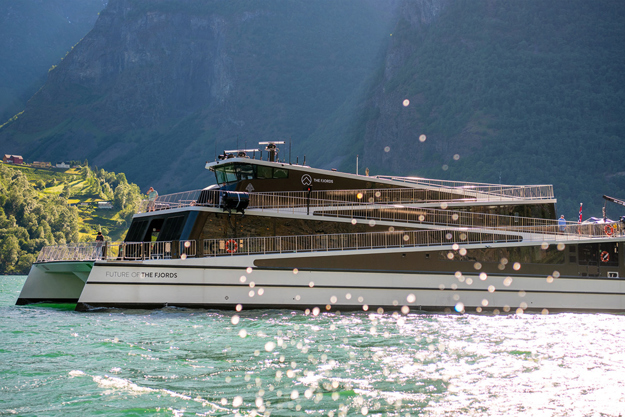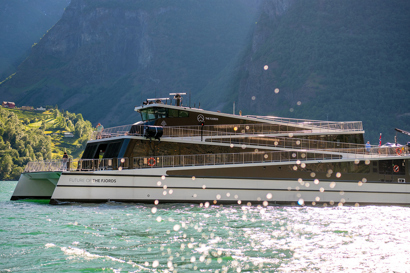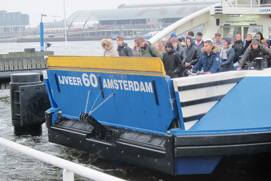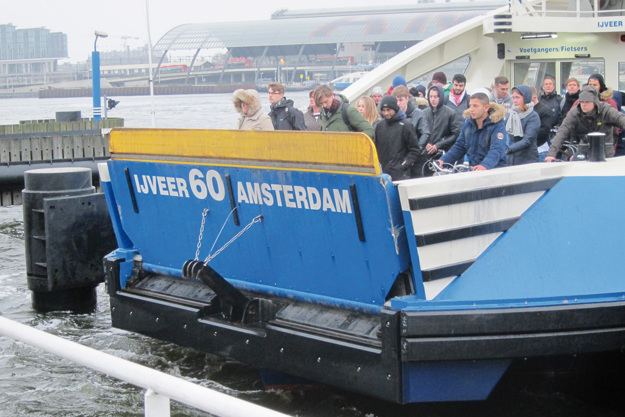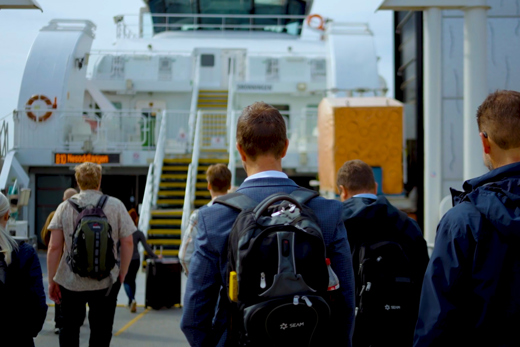
NORWAY: Globally, 27% of emissions come from transportation. A better future calls for rethinking and innovation – and that's what the municipality of Oslo set out to do when they started developing a modern port. To align with Oslo’s ‘emission-free by 2030’ vision, 11 passenger ferries have been converted to fully electric operations, most recently the three passenger ferries known as Nesoddbåtene (Nesodden ferries).
The conversion was initiated by ferry operator Norled in close cooperation with systems integration company SEAM, that specializes in hybrid and all-electric vessels. It was an extensive project to convert these vessels, but they were convinced this was the way to the port of the future. So, in 2019, SEAM reached out to its long-time partner, Danfoss, to convert the existing ferries to electric power.
Explore how the Danfoss VACON® NXP drives facilitate the electrification of the Nesodden ferries, marking the beginning of Oslo Fjord’s eco-friendly ‘ferrytale’.
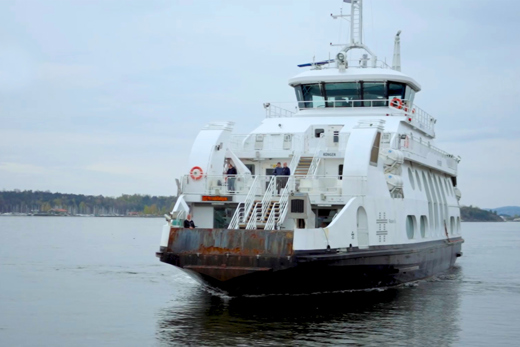
The challenge: Reliable service for 2.8 M passengers annually
Nesoddbåtene is the collective name for the ferry service to the municipality of Nesodden. The 3 Nesodd ferries are Norway's largest car-free passenger ferry connection and one of Oslo’s most important commuter routes, sailing daily and connecting Oslo with Nesodden. With 2.8 million passengers relying on these ferries annually, precision and reliability is vital, as there is no room for downtime.
The project aimed to meet zero emission requirements by converting the ferries to 100% battery power. The vessels were built in 2009 in France, originally running on gas power. The owner Norled chose to retrofit the gas-powered ferries instead of scrapping functional assets.
Challenges with adjusting space and existing equipment were solved in tight collaboration between SEAM, the ship owner, and their partners. Additionally, electrified ferries demand an efficient charging system with a certain capacity, charging quickly in time to be ready for the next departure. Therefore, a charging tower and station were required, designed to blend seamlessly into the port environment.
In the summer of 2019, SEAM and Danfoss Drives worked together to replace the ferries' gas systems with batteries that could meet the requirements for both precision and robustness.
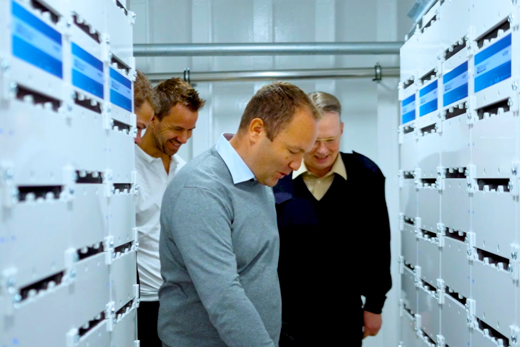
The solution: Upgrade meeting strict industry demands
Danfoss Drives achieved SEAM's needs and aspirations by leveraging their long-time partnership to develop more sustainable marine vessels. Based on VACON® NXP drives, they crafted a solution suitable for the upgraded ferries and the strict industry demands, ensuring reliable performance transporting thousands of commuters daily.
Danfoss VACON® NXP Liquid Cooled drives are engineered for heavy industries with harsh operating conditions. Based on liquid cooling, the controllers provide powerful performance and dependable reliability.
In the summer of 2019, the retrofit of the Nessoden ferries began in the port of Oslo. The vessels already had two VACON® NXP Grid Converter drives 690V 670 kW onboard for the main propulsion, which SEAM reused in the rebuilding. To accommodate a battery room, equipment related to the gas-powered engines was cleared. Finally, the gas-powered engines were replaced with 2020 kWh batteries powered by a 3800-kWh onshore charging station.
Danfoss drives are an essential building block in the electric systems, ensuring reliable performance and smooth navigation. In September 2019, the three ferries were ready to welcome passengers onboard – marking a significant stride toward zero emissions.
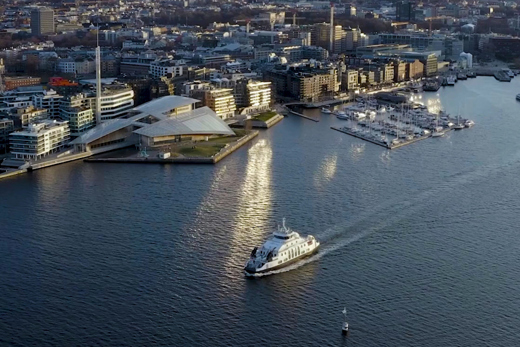
The outcome: Less CO2 emission for Oslo
The electrification of the Nesodden ferries has reaped numerous benefits for the port of Oslo. Thanks to the Danfoss VACON® drive, the three Nesodden ferries operate exclusively on electric power in all conditions, saving 6,000 tons of CO2 annually. Plus, the electric-driven motors ensure an enjoyable ride for staff and passengers with improved air quality and reduced noise levels.
On shore, a large charging station ensures 24/7 uptime, delivering 3.8 MW of DC power. This high capacity enables rapid 8-minute charges to fit the ferry timetable and ensure a stable ferry service.
The 3 retrofitted ferries make the municipality of Oslo a key player in advancing electrification technologies for a greener future. The port of Oslo is served predominantly by electric ferries: the 3 Nesodden ferries, 5 Boreal vessels, and the Legacy of the Fjords. SEAM has delivered most of these ferries, with electric propulsion powered by Danfoss drives.
Danfoss products installed in this project
-
if (isSmallPicture) {


 VACON® NXP Air Cooled
VACON® NXP Air CooledDesigned for a broad range of demanding applications, focusing on higher power sizes and system drives.
-
if (isSmallPicture) {


 VACON® NXP Grid Converter
VACON® NXP Grid ConverterAir- and liquid-cooled drives specifically designed for smart grid, energy storage, green hydrogen, power conversion and marine energy management applications.
-
if (isSmallPicture) {


 VACON® NXP Liquid Cooled
VACON® NXP Liquid CooledWell-suited to applications where air quality is critical, space is limited and efficient heat transfer is required. Active Front-end (NXA), Non-regenerative Front-end (NXN), Brake Chopper (NXB) and Inverter (NXI) configurations are available.
Related case stories
-
if (isSmallPicture) {


 Decarbonizing the next-generation training ship, Skulebas
Decarbonizing the next-generation training ship, SkulebasNORWAY: The new training vessel at Maløy Fishing School uses less diesel and emits less CO2, while also meeting the rigorous demands of the fishing industry.
-
if (isSmallPicture) {


 Where smart ferry charging begins with a smart grid
Where smart ferry charging begins with a smart gridNORWAY: The Hareid-Sulesund ferry operations have reduced CO2 emissions by 7000 tonnes annually with the introduction of electric vessels. In transitioning ferries from diesel to pure electric power, powerful onshore support is essential, in the form of reliable infrastructure for rapid charging capacity and stable grid supply. The systems on board and on shore act as a single system – a sophisticated and competitive system developed by Norwegian Electric Systems (NES) using Danfoss technology.
-
if (isSmallPicture) {


 Danfoss powers 100 percent electric ferry sailing World Heritage waters
Danfoss powers 100 percent electric ferry sailing World Heritage watersMolslinjen – Denmark's largest domestic ferry company – has set its first electric ferry in motion. The E-ferry Grotte will be breaking waves at the UNESCO World Heritage waters between the coastal town of Esbjerg and the island Fanø – and Danfoss is on board. The future holds great potential to operate shorter routes by electric ferries.
-
if (isSmallPicture) {


 Solar-powered river tours protect Krka National Park
Solar-powered river tours protect Krka National ParkCROATIA: Two fully-electric, solar-powered vessels powered by Danfoss drives ensure silent, sustainable tours through the waterways of the spectacular Krka National Park in Croatia.
-
if (isSmallPicture) {


 Future of the Fjords meets 2026 emission targets, today
Future of the Fjords meets 2026 emission targets, todayThis world-first fully-electric carbon fiber vessel safeguards the pristine Norwegian fjord environment, ensuring zero emissions.
-
if (isSmallPicture) {


 VACON® drives power hybrid ferries 24/7
VACON® drives power hybrid ferries 24/7NETHERLANDS: Passenger ferries bridge Amsterdam’s IJ River, keeping the city connected around the clock. Hybrid propulsion powered by VACON® drives ensures 24/7 uptime, smaller generator size, better air quality, less noise and easy maneuverability of the vessels.

